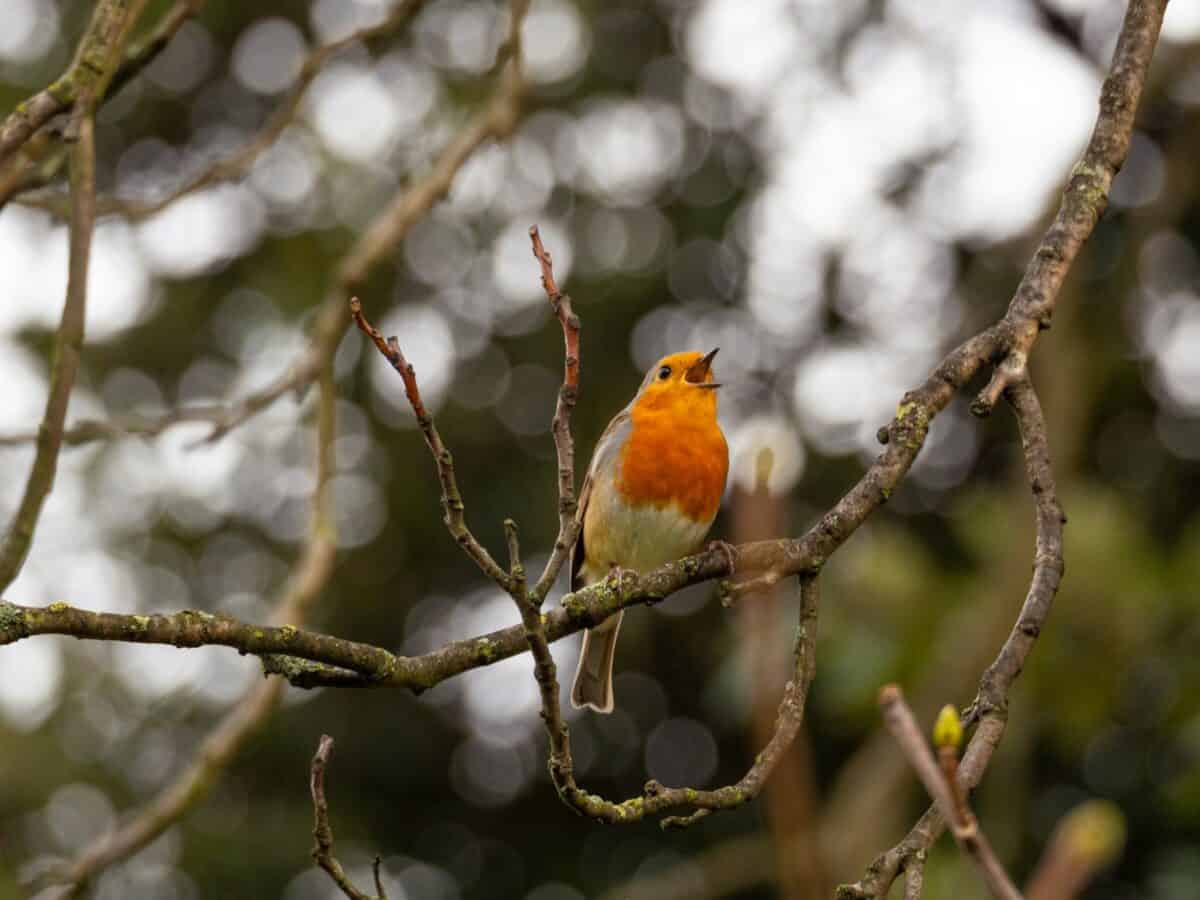If you’ve ever found yourself in a city park at dawn, you might have noticed something peculiar: the birds seem to be practically shouting. This isn’t your imagination. Urban birds really are singing louder than their rural counterparts, a phenomenon that has captured the attention of scientists worldwide. This vocal adaptation represents one of the most fascinating examples of how wildlife adjusts to human-dominated landscapes. From London to Tokyo, birds are raising their voices to be heard above the urban din, showcasing remarkable behavioral flexibility in the face of environmental challenges. Let’s explore why birds are turning up the volume in our concrete jungles.
The Urban Noise Challenge

Cities are noisy places. Traffic, construction, industrial activity, and the general hustle and bustle of human life create a constant background rumble that poses a significant challenge for birds. Many urban areas regularly exceed 70 decibels during daytime hours – roughly equivalent to the noise of a vacuum cleaner running continuously. This urban noise primarily occupies the lower frequency range (below 2 kHz), which directly overlaps with the songs of many bird species. For birds that rely on acoustic communication to attract mates, defend territory, and warn of dangers, this noise interference is more than just an annoyance – it’s a threat to their fundamental biological functions. Research shows that background noise in cities can mask up to 30% of bird vocalizations, creating an acoustic environment where being heard requires adaptation.
The Lombard Effect in Birds
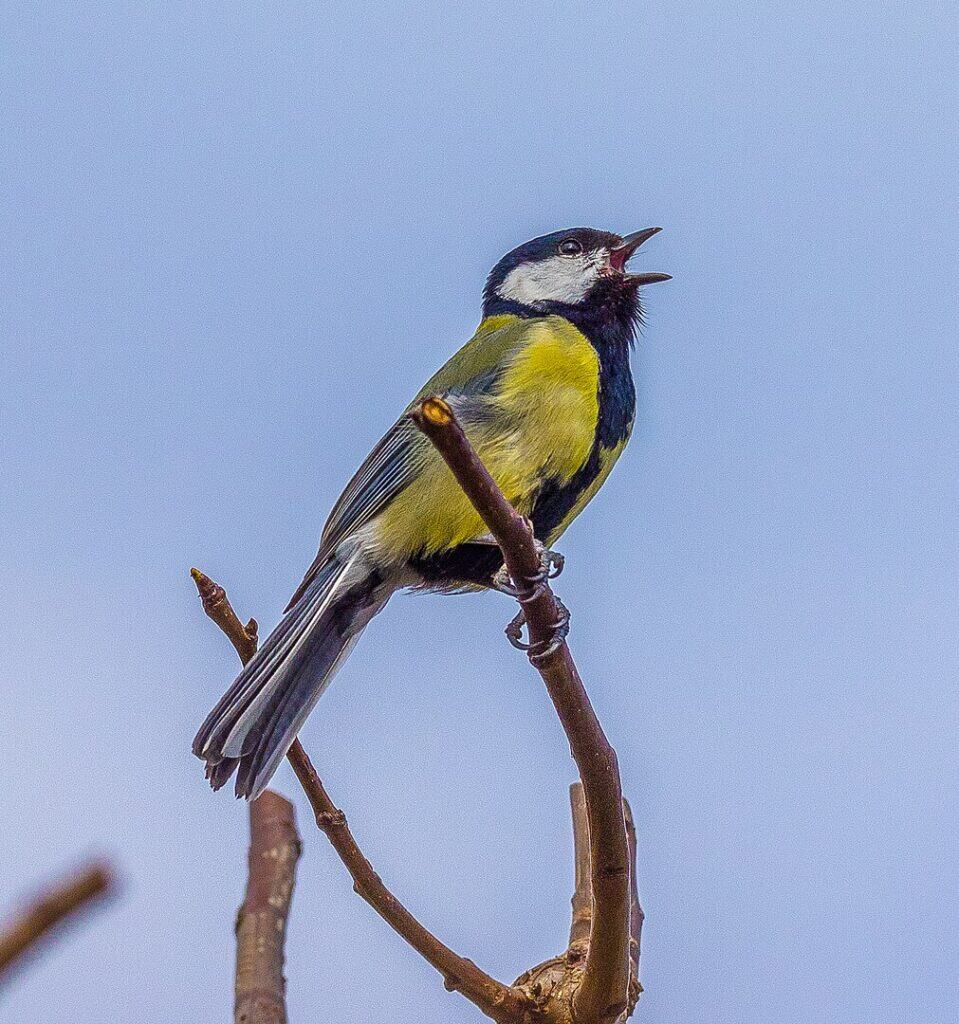
When humans speak in noisy environments, we instinctively raise our voices – a response known as the Lombard effect. Remarkably, birds exhibit the same behavior. First documented in great tits (Parus major) in European cities, the Lombard effect has now been observed across numerous avian species worldwide. When ambient noise increases by just 10 decibels, many songbirds respond by increasing their song amplitude by 5-10 decibels. This adjustment isn’t a conscious decision but rather an automatic response to acoustic feedback. Birds continually monitor their own vocalizations and adjust their singing volume when they cannot hear themselves clearly. This phenomenon represents one of the clearest examples of vocal plasticity in non-human animals and demonstrates the remarkable adaptability of birds to changing environments.
Frequency Shifts: Singing Higher Notes
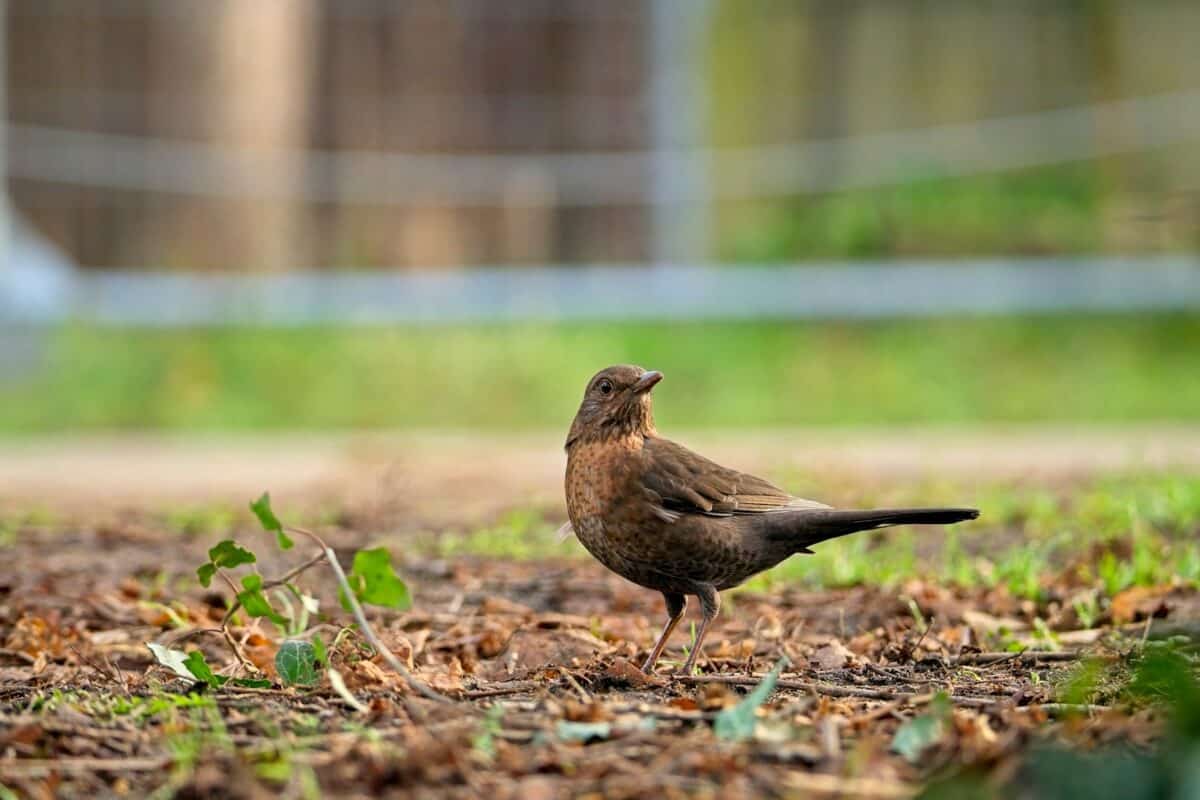
Volume isn’t the only parameter birds adjust in urban environments. Many species have shifted the frequency (pitch) of their songs to avoid competing with low-frequency urban noise. A pioneering study on European blackbirds (Turdus merula) found that urban individuals sing at significantly higher minimum frequencies than their forest-dwelling counterparts. Similar patterns have been documented in great tits, song sparrows, and numerous other species. By singing at higher frequencies – sometimes as much as 500 Hz higher – birds can reduce the masking effect of traffic noise. This shift represents a form of “acoustic niche partitioning,” where birds find open acoustic space above the rumble of urban activities. Interestingly, these frequency adaptations can occur both through individual learning and, over longer timescales, through evolutionary selection.
Timing Adaptations: The Dawn Chorus Shift
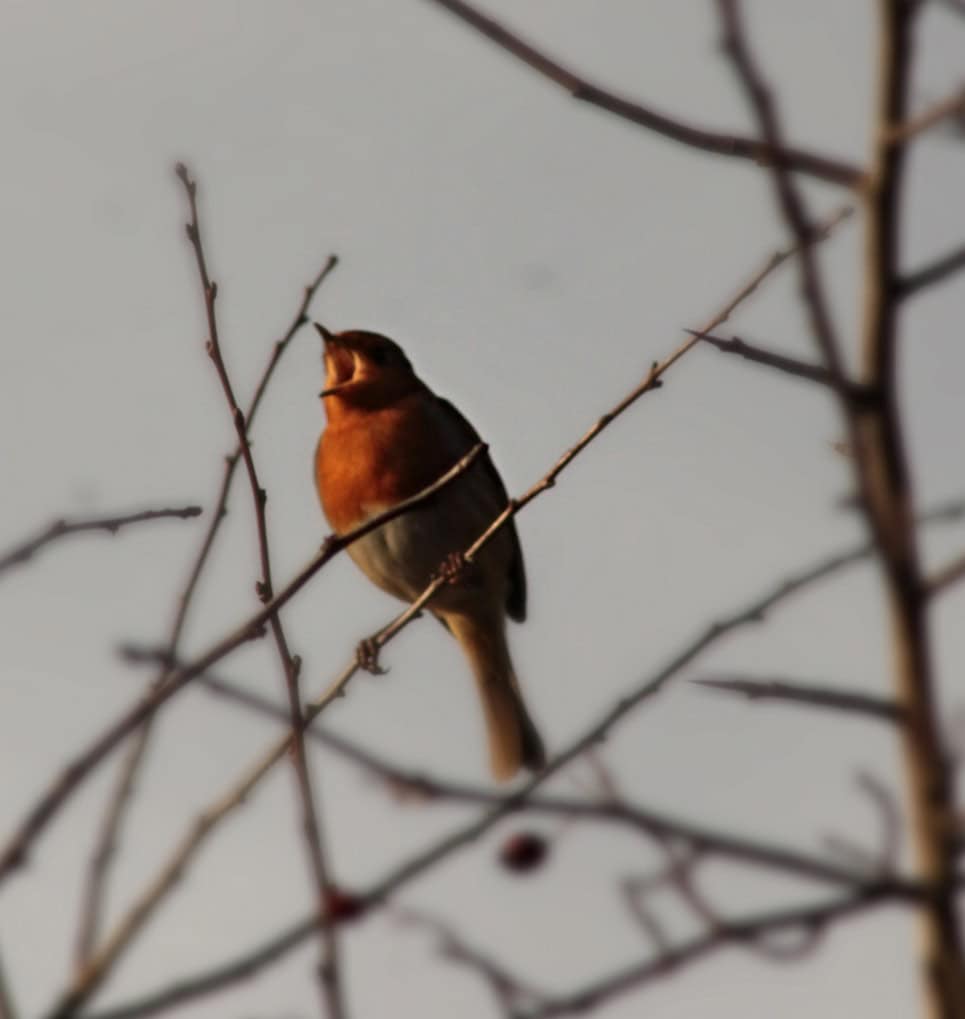
Birds aren’t just changing how they sing but also when they sing. The famous dawn chorus – that burst of bird song that occurs just before sunrise – serves critical communication functions. In urban areas, many species have shifted their singing schedules to avoid peak noise periods. European robins in urban Sheffield, UK, were found to sing significantly earlier in the morning and later into the night than their woodland counterparts. Some urban birds have even developed nocturnal singing habits, utilizing the relative quiet of nighttime hours. American robins in areas with high daytime noise levels sing up to two hours earlier than those in quieter locations. These temporal shifts allow birds to claim acoustic space when competition from human-generated noise is minimal, demonstrating remarkable behavioral flexibility in response to urban soundscapes.
The Role of Light Pollution

Urban noise isn’t the only factor causing birds to alter their vocal behaviors. Light pollution – the excessive artificial light that permeates our cities – plays a significant role in changing avian singing patterns. Artificial lighting from streetlamps, buildings, and vehicles can trick birds into perceiving an earlier dawn, triggering premature singing. A study in European blackbirds found that individuals nesting near street lights began singing up to 5 hours earlier than those in darker areas. This extended singing period, combined with the need to sing louder to overcome noise, creates a double energetic cost for urban birds. The combination of noise and light pollution effectively reshapes the entire acoustic environment within which birds communicate, forcing multiple simultaneous adaptations in their vocal behaviors.
Species Differences in Adaptation
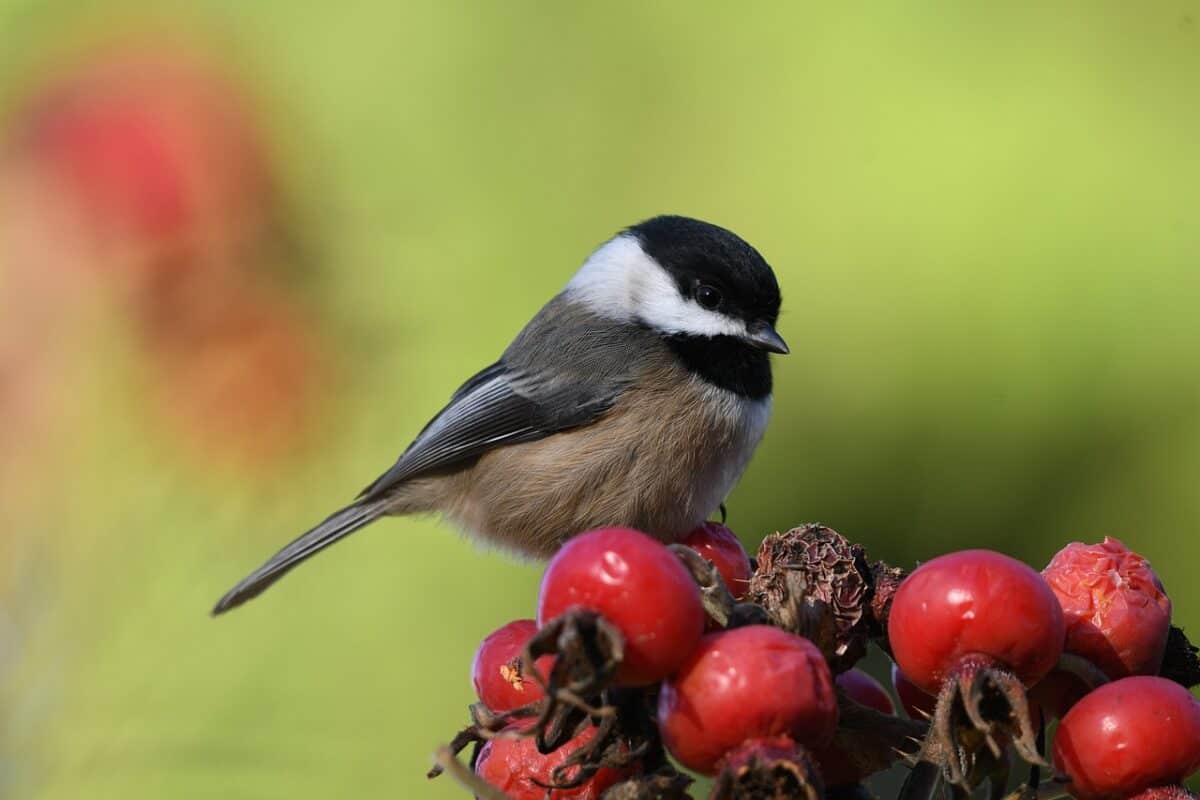
Not all birds adapt equally well to urban acoustic challenges. Species with greater vocal plasticity – the ability to modify their songs in response to environmental conditions – tend to thrive in urban environments. Birds with innately higher-pitched songs, like the black-capped chickadee, often face less acoustic competition from urban noise. Conversely, species with low-frequency songs that directly overlap with traffic noise, such as mourning doves, experience greater communication challenges. Research indicates that species capable of significant vocal learning throughout their lives (like mockingbirds and starlings) adapt more successfully than those with more genetically fixed vocalizations. This differential adaptability may partially explain why certain bird species flourish in cities while others retreat to quieter habitats, contributing to shifts in urban avian community composition.
The Energetic Cost of Louder Singing
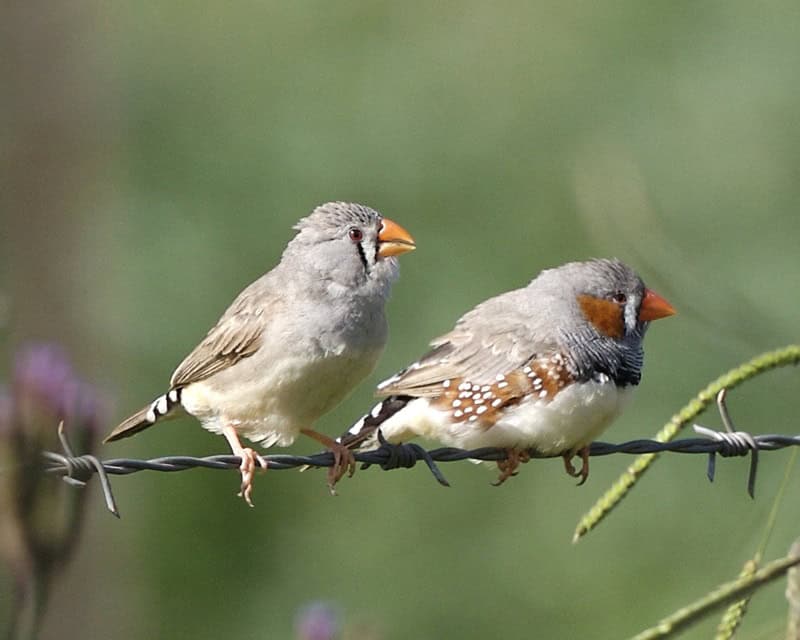
Singing louder doesn’t come without costs. Producing higher-amplitude vocalizations requires greater physiological effort and energy expenditure. Studies measuring oxygen consumption in zebra finches showed that increasing song amplitude by just 10 decibels increased metabolic costs by approximately 16%. For wild birds already facing the challenges of finding food and avoiding predators in urban environments, this additional energetic demand can be significant. Some researchers hypothesize that these increased energetic requirements may contribute to documented differences in body condition between urban and rural populations of the same species. The energy allocated to louder singing might otherwise be directed toward immune function, growth, or reproduction, potentially creating subtle but important fitness trade-offs for urban-dwelling birds.
Developmental Impacts of Urban Noise
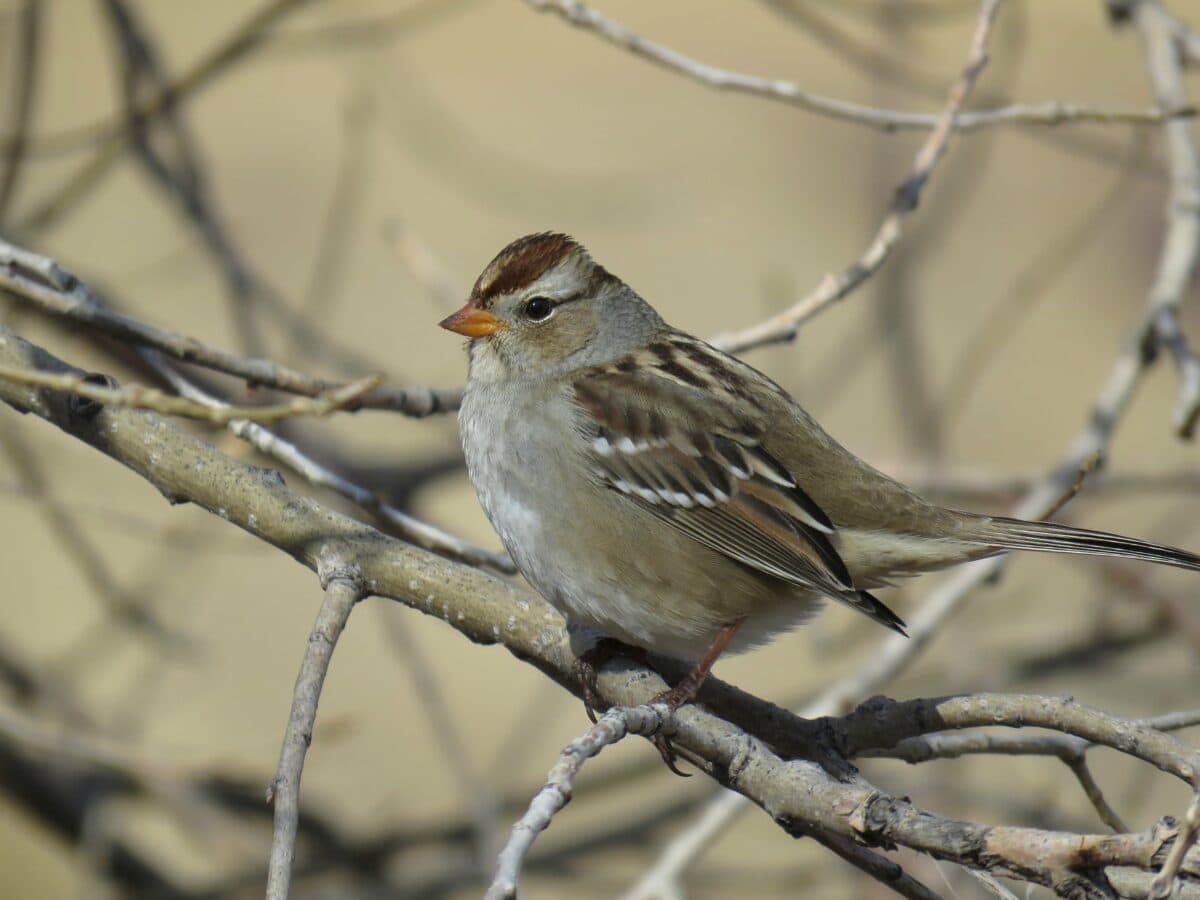
The effects of urban noise on bird vocalizations begin early in life. Young songbirds learn their species-specific songs by listening to adult tutors during critical developmental periods. Urban noise can interfere with this learning process, leading to altered song development. A groundbreaking study on white-crowned sparrows found that nestlings raised in noisier territories developed songs with higher minimum frequencies and fewer syllable types than those in quieter areas. Even more concerning, some noise-exposed chicks failed to learn certain song components altogether. These developmental impacts suggest that urban noise may have multigenerational effects on bird communication, potentially leading to cultural evolution of song types specifically adapted to urban soundscapes.
Communication Consequences
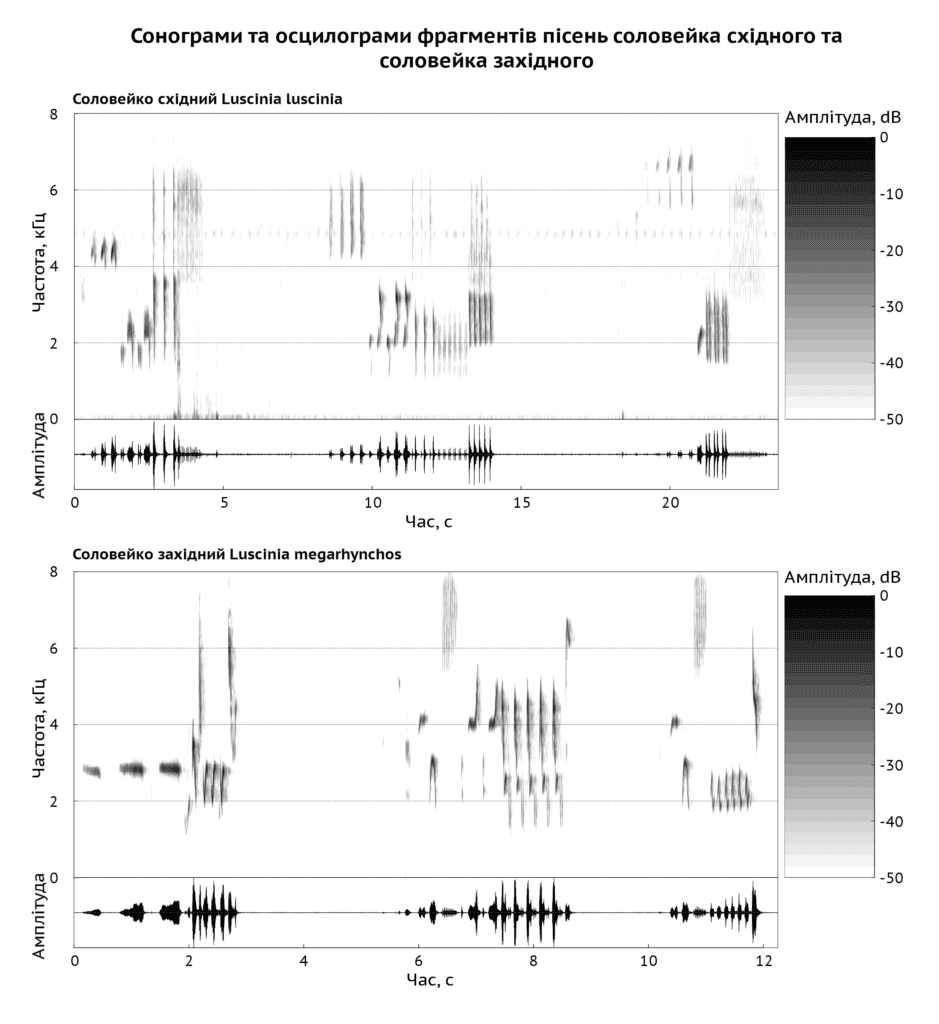
When birds modify their songs in response to noise, these adaptations can have significant consequences for communication effectiveness. While singing louder and at higher frequencies helps overcome masking from urban noise, these modifications may alter how songs function in mate attraction and territory defense. Female birds often assess male quality based on specific song characteristics, including frequency range and syllable complexity. If urban noise forces males to simplify songs or shift frequencies, this could potentially affect mate choice dynamics. Some research suggests that modified urban songs may be less attractive to females or less effective at conveying information about male quality. These communication consequences highlight how noise pollution may have subtle but far-reaching effects on avian reproductive behavior and population dynamics.
Artificial Intelligence Revealing Patterns
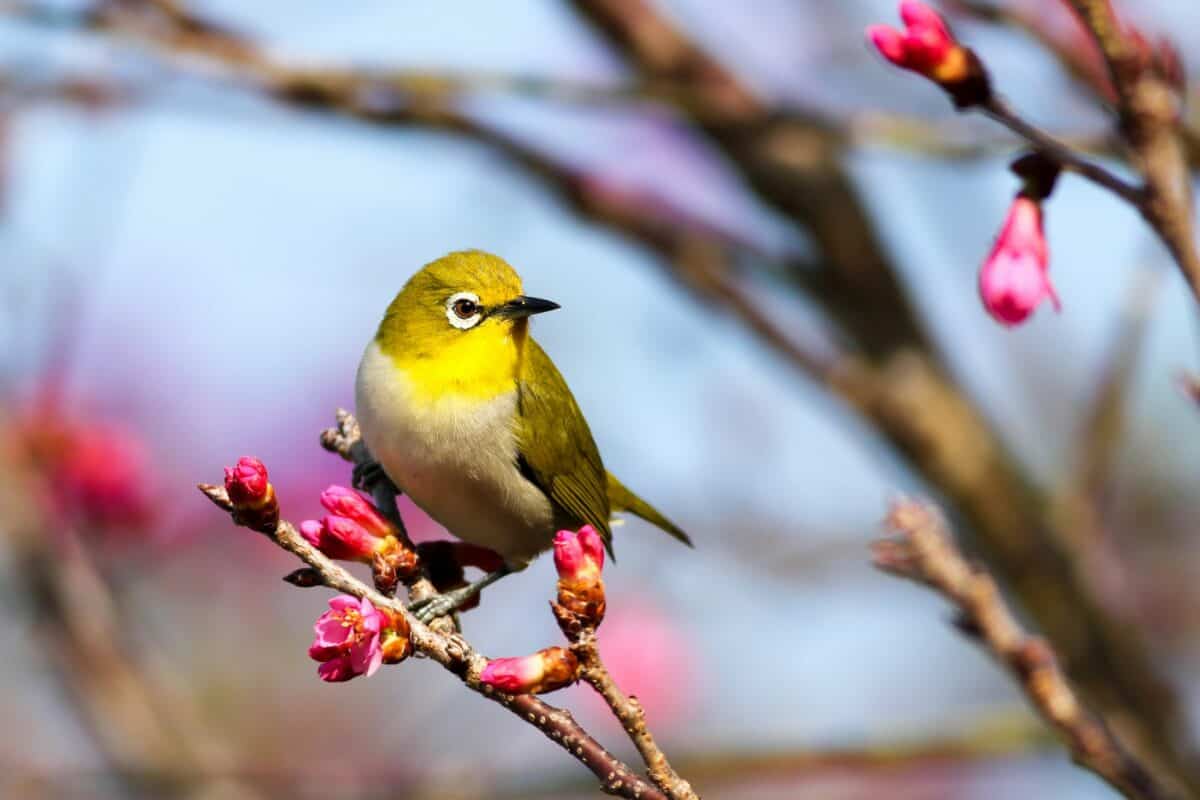
Advanced technologies are revolutionizing our understanding of urban bird vocalizations. Machine learning algorithms can now process thousands of hours of bird song recordings, identifying subtle patterns that human researchers might miss. Recent AI-powered acoustic monitoring in cities across North America revealed that birds in the noisiest urban areas not only sing louder but also with greater consistency and less complexity than their rural counterparts. These automated methods have also documented how quickly birds can adjust their vocalizations – sometimes within minutes of sudden noise changes. By creating “soundscape maps” of cities, researchers can identify acoustic refuges where birds face less pressure to modify their vocalizations, potentially guiding urban planning decisions to create more bird-friendly sound environments.
Conservation Implications
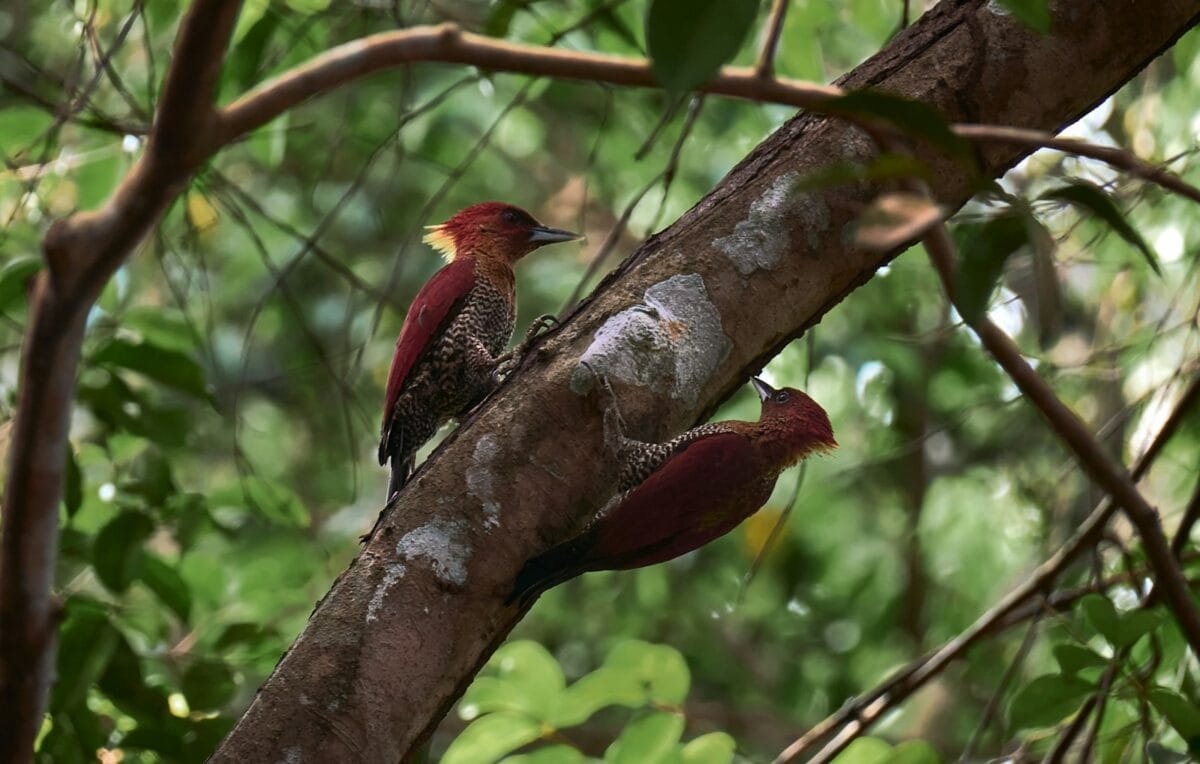
The vocal adaptations of urban birds have important implications for conservation. While some species successfully adjust their singing behavior, others may be effectively excluded from urban habitats due to communication challenges. Noise pollution could be contributing to the documented declines of certain sensitive bird species in urban areas. Conservation efforts are beginning to incorporate acoustic considerations into urban planning. Some cities have implemented “quiet zones” in parks and natural areas, established noise curfews during breeding seasons, or installed sound barriers designed to reduce low-frequency traffic noise. Research suggests that even modest reductions in urban noise levels can significantly improve communication conditions for birds. As cities continue to expand globally, understanding and mitigating the impacts of noise pollution will be increasingly important for maintaining urban avian diversity.
Human Connection and Citizen Science

The changing songs of urban birds offer a unique opportunity for public engagement with wildlife conservation. Citizen science projects like Urban Bird Songs and Silent Cities enable city dwellers to record and contribute bird vocalizations from their neighborhoods. These projects have collected hundreds of thousands of recordings, creating valuable datasets that track how urbanization affects bird communication across different species and locations. Beyond scientific value, these initiatives help people connect with nearby nature and understand how human activities impact wildlife. The distinctive louder songs of urban birds serve as audible reminders of how animals adapt to human-dominated landscapes and how seemingly small environmental changes can drive significant behavioral adaptations in the creatures sharing our cities.
The louder songs of urban birds represent a remarkable example of behavioral flexibility in the face of human-induced environmental change. As cities continue to expand and transform natural landscapes, birds are literally raising their voices to maintain their essential communication networks amid the noise. These vocal adjustments – singing louder, higher, earlier, or with modified patterns – demonstrate the extraordinary adaptability of birds, but also highlight the pervasive impacts of noise pollution on wildlife. Understanding these adaptations not only advances our knowledge of animal behavior but also provides valuable insights for creating more wildlife-friendly urban environments. By recognizing how our acoustic footprint affects urban birds, we gain both appreciation for their resilience and awareness of our responsibility to minimize harmful noise impacts as we share increasingly crowded acoustic spaces.
- Why Some Birds Are Singing Louder in Urban Areas - August 10, 2025
- Why Vultures Are Smarter Than You Think - August 10, 2025
- How Foxes Use Stealth to Evade Predators - August 10, 2025

